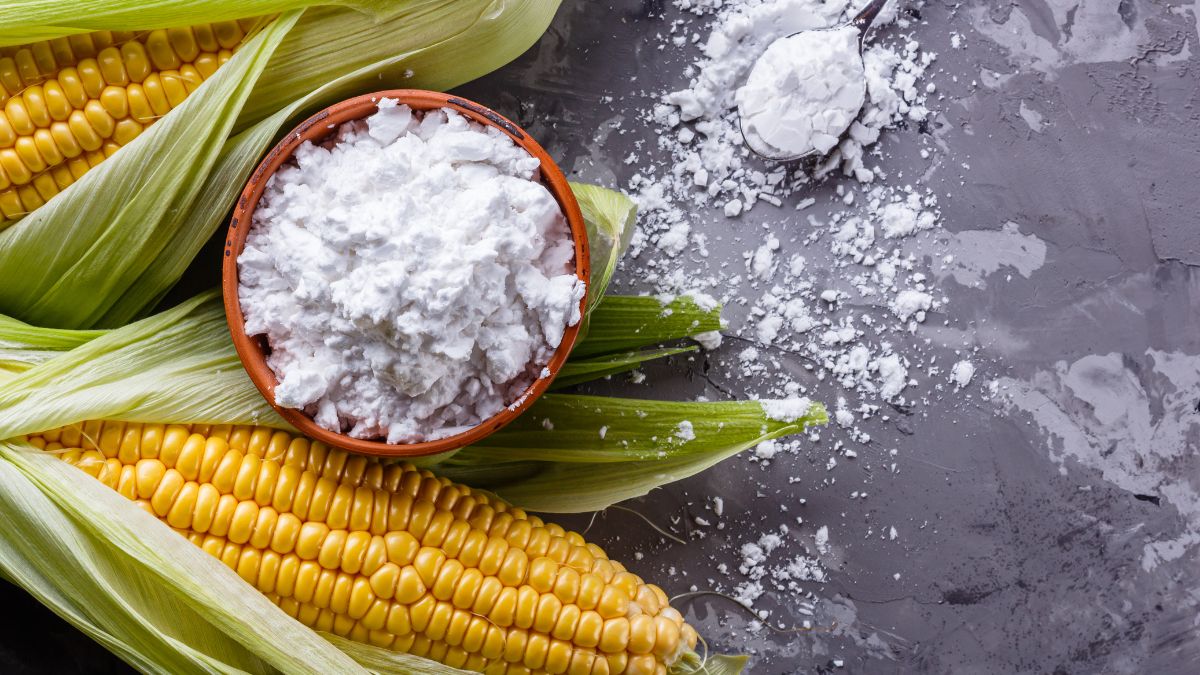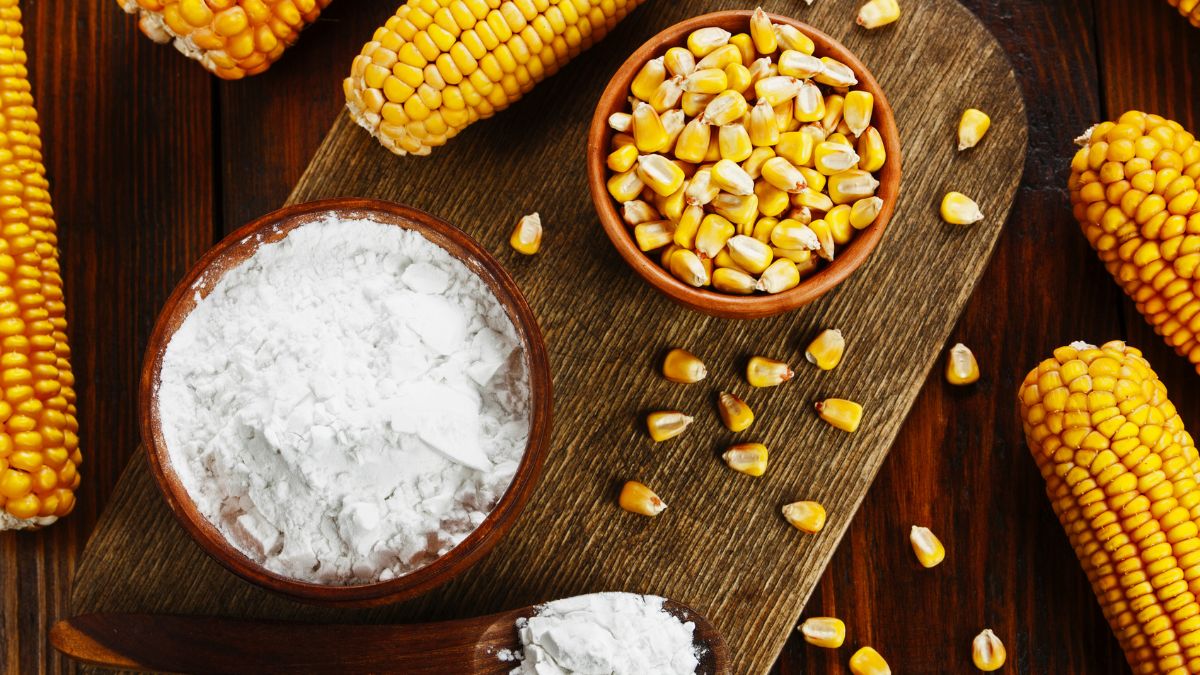
Corn Flour Vs Corn Starch: Experts Share Major Differences, Uses, Etc
The Corn Conundrum: Let’s figure out the differences between Corn Flour and Corn Starch. In the kitchen, two ingredients often get mixed up - but knowing the distinction can make all the difference. Let's dive into the differences, uses, and expert insights from Chef Tanuj Nayyar, Chef Amardeep Singh Bhatia, and Chef Ashu Chugh.
The Process Of Making
Chef Tanuj Nayyar, Executive Assistant Manager at Jaypee residency Manor in Mussoorie, shared, “Corn starch is a fine, white powder made from the starchy part of the corn kernel, the endosperm. It’s primarily used as a thickening agent in recipes. Whether it’s gravies, soups, sauces, or desserts like custards and puddings, corn starch gives that smooth, glossy finish and helps achieve the desired consistency without altering the flavour much. It works best when dissolved in cold water first, then added to hot liquids.”

“On the other hand, corn flour is made by grinding the entire corn kernel, which gives it a yellowish colour and a coarser texture compared to corn starch. Corn flour contains protein, fibre, and fat that corn starch lacks, making it more nutrient-dense. It’s commonly used in baking or for breading and gives a slightly sweet, earthy flavour to dishes. In Indian kitchens, it’s often used in batters for frying or added to flatbread doughs,” he added.
Ancient Origins
Amardeep Singh Bhatia, Executive Chef at Jaypee Siddhartha in New Delhi, said, “Corn was a staple crop for civilisations like the Mayans, Aztecs, and Incas, who developed methods of processing and preparing it, including the creation of corn flour.”
Disparity Between Corn Starch and Corn Flour
“Corn starch and corn flour are two popular ingredients derived from corn, but the disparity lies in their texture, usage, and composition,” shared Ashu Chugh, Executive Chef at Jaypee Greens Golf Course in Greater Noida.
1
2
3
4
Texture
- Corn Starch: Finer, more powder like than others, and white in colour
- Corn flour: coarser, grainy, and slightly yellowish in colour

Usage
- Corn Starch: Its versatility and thickening properties make it a popular ingredient in many cuisines. Examples: Corn starch is commonly used to thicken sauces in Chinese cuisine, such as stir-fry sauces, sweet corn, hot & sour soup, Teriyaki sauce (Japan), batter for fried foods, custards, etc.
- Corn Flour: Used in baked goods, like bread, muffins, and tortillas, to add flavour and texture. Examples: Corn flour is often used to make traditional dishes like Tortillas (Mexican), Polenta (Italy), Cornbread (USA), and Makki di roti (India).
Composition
- Corn Starch: Extracted from the endosperm of corn kernels, containing mostly carbohydrates.
- Corn Flour: Made from entire grain, including the hull, germ, and kennel, making it a whole-grain flour.
Importance and Benefits
- Gluten-free: Both corn starch and corn flour are gluten-free, making them suitable for gluten-free baking.
- Nutritional value: Corn flour contains more nutrients, like fiber, vitamins, and minerals, compared to corn starch.
If you liked this story, then please share it. To read more such stories, stay connected to HerZindagi.
Image Credits: Canva
Also watch this video
Herzindagi video
1
2
3
4